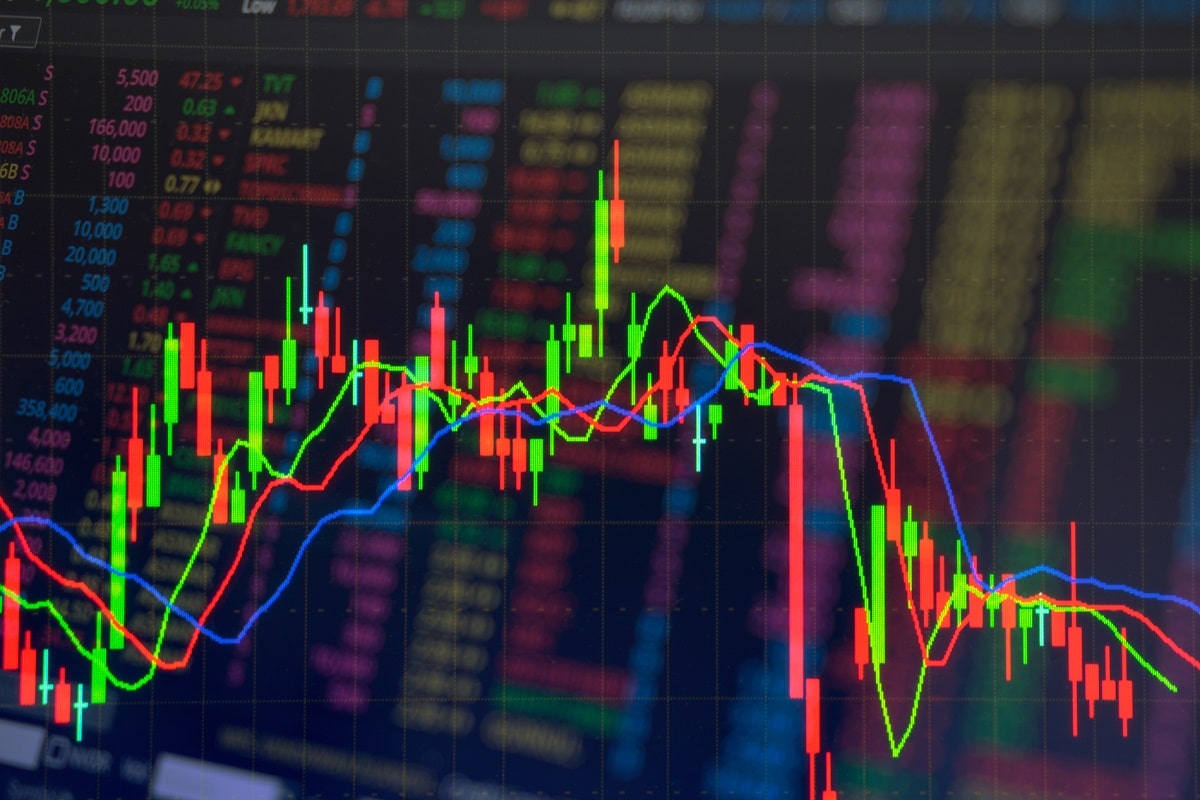The technical analysis is much more than trendlines and charts… It is understanding the past to profit in the future. The essence of technical analysis – understanding how history repeats in the markets. This concept is lost on many investors.
By Greg Diamond, editor, Ten Stock Trader
“I’ll give you $1,000 if you burn that book right now.”
I was 22. Sitting at my desk, I had been lost in my reading – studying for my Chartered Financial Analyst (“CFA”) exam.
I had started at the hedge fund just a few weeks before. My boss had trained under a trading legend. It was a huge opportunity to work with him. I was excited, but aware of the pressure. I wanted to learn as much as I could as quickly as possible.
But I was startled when my boss walked up and told me to burn my books. What the heck was he talking about?
It turned out this would be the beginning of an obsession. This boss would lead me down an entirely different path than I had imagined. And I never did end up getting that CFA certification…
Today, I want to share the path I chose instead. It taught me an entirely different way of looking at the markets. And once you understand this, you can start learning to trade like the pros do…
Let me first tell you what my boss said next that day (I’m paraphrasing a bit)…
Look, if you want to understand risk, if you want to understand trading, if you want to understand portfolio management… you can’t just focus on fundamentals. It’s not that fundamentals don’t matter. But to get really high returns and really exceptional trading results, you have to understand… how markets move and what markets move, and the psychology behind why markets do what they do.
You probably know there are two schools of thought when it comes to looking at the market. There’s fundamental analysis and technical analysis… And he wanted me to focus on the technicals.
The CFA exam and materials focus almost entirely on fundamental analysis. They go deep into the weeds of debt, profits, and management teams. And while all that is important… what my boss was trying to tell me was that he followed a different path.
I’m not saying that fundamental analysis doesn’t matter… It does. Great businesses with a history of making money and paying good dividends through both good times and bad times are vital for “buy and hold” strategies. But when it comes to trading and understanding why price behaves the way it does, technical analysis rules the roost.
Technical analysis focuses on the price behavior of a stock or asset through various indicators and price patterns.
As my boss said… “Technical analysis focuses on now, fundamentals on what was.”
To be clear, fundamental analysis works for a lot of people. But it’s not how I invest…
I spent more than a decade on Wall Street trading multimillion-dollar portfolios across multiple asset classes.
Gold, crude oil, foreign exchange (“FX”), stocks, futures, options, copper… I traded all of it.
Within weeks of joining the hedge fund, as I told you about earlier, my boss taught me the greatest lesson of my career.
Eventually, after years of intense studying, and a formal examination in front of the board of Chartered Market Technicians, I received my “CMT” designation.
Technical trading became my bread and butter. And I realized that this approach to the markets helps the pros trade with one thing in mind… “History repeats itself.”
The ups and downs of the market are nothing more than the graphic representation of human behavior… expressed on a chart of buyers and sellers. And this market behavior tends to repeat.
Here is a perfect example – a type of technical analysis called “intermarket analysis.” This served as a warning at the start of the financial crisis in 2007… And it repeated earlier this year, before the COVID-19 crash.
Intermarket analysis is based on correlations between asset classes… When one of these asset classes turns down, it may be a warning sign for other asset classes (stocks, in this case).
We know this because these chart patterns have shown up before… and other assets have fallen. Take a look…
The S&P 500 Index (blue line) and U.S. 30-year interest rates (black line) traded in tandem at the end of 2019. The “trade war” with China was calming down, and both asset classes were moving in the same direction. All was well.
But then, as you can see, the correlation broke down early this year.
Now, look at the red lines… See how stocks made new highs, while interest rates failed to do the same? That was a warning.
The “fundamentals” looked fine. But I could hear my boss’s words in my head… The only thing that mattered was what prices were signaling.
This is an extreme example, given the crash that followed. But it was a warning… and one that worked well.
This is the essence of technical analysis – understanding how history repeats in the markets. This concept is lost on many investors. They simply don’t understand and aren’t willing to put in the time and effort that’s necessary. But pro traders know that you can use this approach to make outstanding returns.
That’s why technical analysis is much more than trendlines and charts… It is understanding the past to profit in the future.
Editor’s note: By following Greg’s recommendations this year, you could’ve doubled your money nine different times – without buying a single stock. And now, he’s making another bold prediction. On December 23, Greg expects a huge move that could either hand you one of the biggest, fastest payouts of your life… or set your retirement back by years.


























